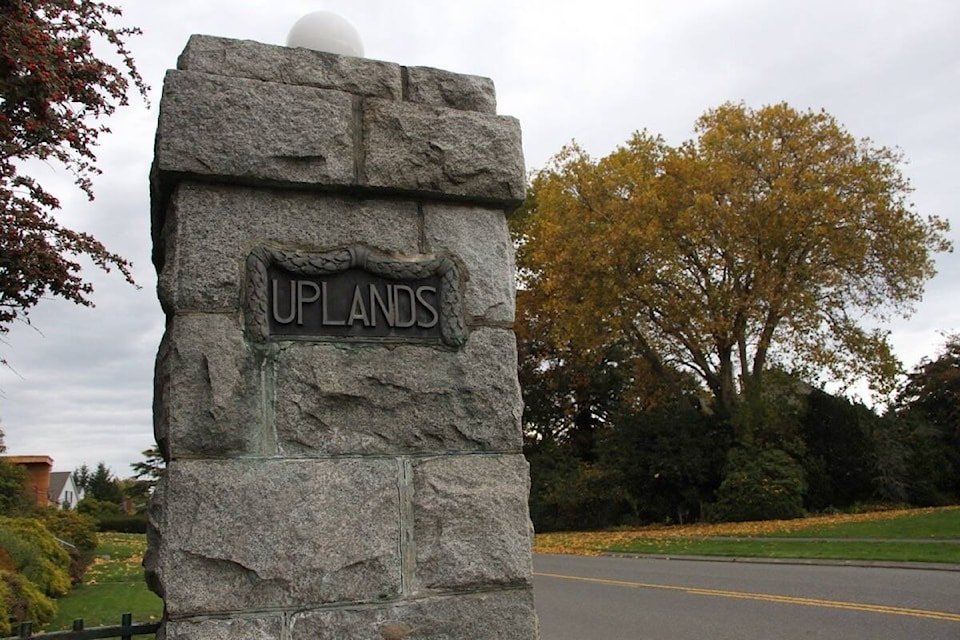Recent concerns about development and densification in Oak Bay have raised questions about the role of local authorities in neighborhood planning. Many residents are troubled by the rapid changes in their communities, especially with new multi-unit buildings replacing older homes.
A letter from Rick Lee recently highlighted the impact of these developments, but it missed a key point: the responsibility lies squarely with Oak Bay itself. While some officials quickly blame the province or Premier Eby, the truth is that the province does not set rules for building size or design in the area. These decisions fall entirely within the authority of Oak Bay’s local government.
This means that issues like three-storey multi-unit buildings replacing single-family homes without parking are the result of local policy choices. In fact, such buildings could easily be reduced to two storeys and include parking spaces, while still being profitable for developers. Complaints from developers are expected, but financial considerations alone do not justify overlooking community needs.
Residents argue that Oak Bay must take a stronger role in preserving the character of its neighborhoods. Local authorities have the power to enforce design standards that reflect the community’s expectations and maintain the area’s aesthetic appeal. Doing so would help balance growth with neighborhood preservation, ensuring that new developments fit into the existing landscape rather than dominate it.
The debate over development in Oak Bay is not unique. Many municipalities across the country face similar challenges as cities grow and the demand for housing increases. The tension between developers’ interests and residents’ desires for livable, well-planned neighborhoods is a common theme in urban planning today.
Oak Bay’s case shows how critical local governance is in shaping communities. While provincial policies may influence broader urban planning trends, the day-to-day decisions about building height, style, and parking are made by the town itself. This local control gives Oak Bay the tools to prevent oversized, ill-fitted projects and protect the quality of life for residents.
Experts in urban development note that clear guidelines and strict enforcement of design standards are essential. By establishing specific rules for building height, density, and parking, municipalities can avoid conflicts and ensure that new developments enhance, rather than disrupt, neighborhoods.
Community input is also vital. Residents should have a voice in decisions about local development. Public consultations, design reviews, and transparent planning processes help align new projects with community needs. Oak Bay has the opportunity to lead by example, showing that responsible development is possible without sacrificing livability or neighborhood character.
In conclusion, Oak Bay development issues are not simply a matter of provincial oversight or market forces. They reflect local decisions about design, size, and planning. By taking responsibility and enforcing thoughtful development standards, Oak Bay can protect its neighborhoods while still accommodating growth. This approach can serve as a model for other municipalities facing similar challenges in urban planning and community preservation.

